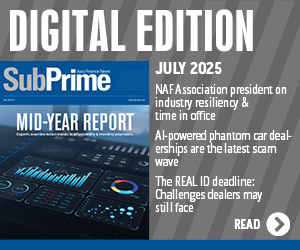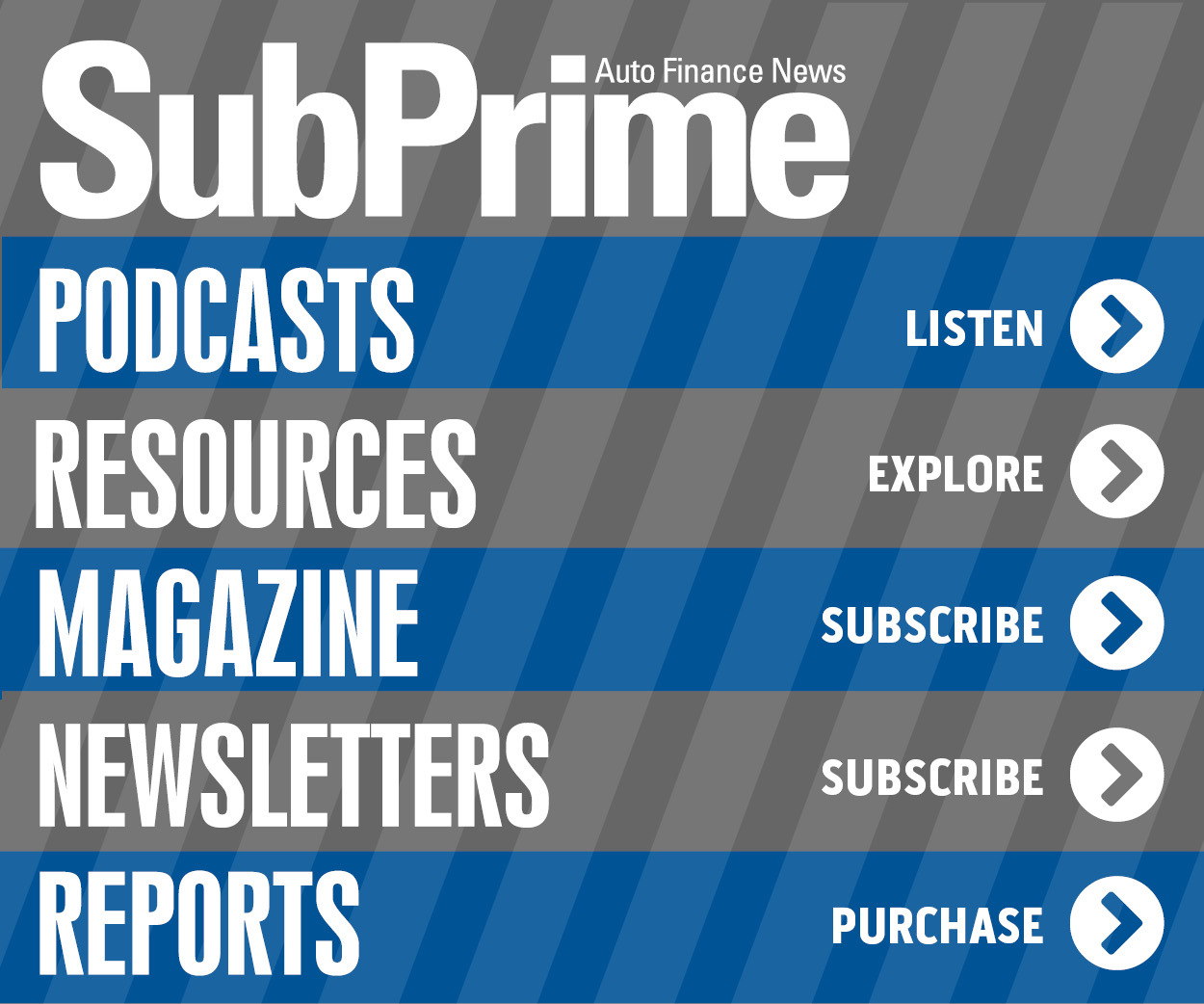Daughtry: How Much Reconditioning Should Vehicles Receive? It Depends
OVERLAND PARK, Kan.
Normal
0
false
false
false
EN-US
X-NONE
X-NONE
Normal
0
false
false
false
EN-US
X-NONE
X-NONE
—
/* Style Definitions */
table.MsoNormalTable
{mso-style-name:”Table Normal”;
mso-tstyle-rowband-size:0;
mso-tstyle-colband-size:0;
mso-style-noshow:yes;
mso-style-priority:99;
mso-style-qformat:yes;
mso-style-parent:””;
mso-padding-alt:0in 5.4pt 0in 5.4pt;
mso-para-margin-top:0in;
mso-para-margin-right:0in;
mso-para-margin-bottom:10.0pt;
mso-para-margin-left:0in;
line-height:115%;
mso-pagination:widow-orphan;
font-size:11.0pt;
font-family:”Calibri”,”sans-serif”;
mso-ascii-font-family:Calibri;
mso-ascii-theme-font:minor-latin;
mso-fareast-font-family:”Times New Roman”;
mso-fareast-theme-font:minor-fareast;
mso-hansi-font-family:Calibri;
mso-hansi-theme-font:minor-latin;}
/* Style Definitions */
table.MsoNormalTable
{mso-style-name:”Table Normal”;
mso-tstyle-rowband-size:0;
mso-tstyle-colband-size:0;
mso-style-noshow:yes;
mso-style-priority:99;
mso-style-qformat:yes;
mso-style-parent:””;
mso-padding-alt:0in 5.4pt 0in 5.4pt;
mso-para-margin-top:0in;
mso-para-margin-right:0in;
mso-para-margin-bottom:10.0pt;
mso-para-margin-left:0in;
line-height:115%;
mso-pagination:widow-orphan;
font-size:11.0pt;
font-family:”Calibri”,”sans-serif”;
mso-ascii-font-family:Calibri;
mso-ascii-theme-font:minor-latin;
mso-fareast-font-family:”Times New Roman”;
mso-fareast-theme-font:minor-fareast;
mso-hansi-font-family:Calibri;
mso-hansi-theme-font:minor-latin;}
In every car dealership I know of,
reconditioning is an important part of the daily operation. It affects every
department and profit center you have.
So how much reconditioning is the right amount? The answer, as with most
business questions: It depends.
It depends on what type operation you are running, your
chosen business model. How much you spend depends on what vehicles you stock
and how your shop operates. It depends on who makes the decisions on each
vehicle and how you choose to account for it on your P&L.
For 16 years, I have been involved in BHPH and higher tier
special financing. I learned a decent 10 footer is OK (looks good standing 10
feet away). When the customer walks up to the vehicle (usually the driver's
door) what does he see? When he opens the door what is his impression? When he
sits to test drive what is he looking at (clean wheel, dash, knobs in place,
cluster clear and functioning)? What does he smell? Do all the knobs he can
touch function? Is the battery strong? (Always clean the posts!!) Does the car
start easily? Does the car perform properly on the test drive (a/c cooling,
ride, pulling, brake feel, noises)?
In what I refer to as a low-cap BHPH operation (cheap cars
sold as-is) I have seen dealers that make sure the car starts, has oil, there
is some brake pad, the lights work and the tires hold air. Basically check cars
to be operable, make sure of safety and clean them. In operations that I call
mid-cap and highline (higher ACV's and newer vehicles) much more is generally
done to get that rig ready to sell. For example: load test batteries (replace), replace
wipers, air filter, pressure check a/c system and change a cabin filter, C02
and pressure test cooling system then flush and fill coolant, replace
thermostat and radiator cap, check hoses, change the oil, do brakes (turn or
replace rotors?), check and replace weak ball joints or struts, test hub
bearings, test u-joints, check drive axle boots and road test, service
transmission and clear cooling lines, check differential fluid, mount and balance new tires, align, repair
leaks (drips not seeps), replace gas cap. Also make sure windows, seats, CD,
locks, cruise all work. If they are
buying newer and higher ACV vehicles they are checking keyless, navigation,
sunroofs and entertainment systems. There are the issues associated with
computer codes or tune up that need attention also.
In my BHPH operations we went through a list similar to the
mid-cap list above. In our operation reconditioning was a separate function
from service so we were not as concerned with labor rates or parts markup. Items like light hail or small dents (not on
drivers side), ok paint work (Stevie Wonder didn't paint it), after market
stereo, sunroof inoperable (disclosed), repaired seat material, slight leaks
(not drips, under car), decent used tires are generally acceptable if the car
performs and is that decent 10 footer. We always kept an "exciting" mix of
vehicles that customers wanted to buy even with higher miles. Of course these
vehicles are easier to sell if you have some type of warranty or service
contract to offer.
In my opinion your inventory is a key to your marketing.
What is sitting on your lot when they drive by (physically or on line) is
generally what attracts them. Your customer will be paying a high price for
your vehicle. You will get 1 chance to make the first impression so make the
most of it. BHPH customers can be "squeamish" and some will back out quick over
a minor issue generally due to a previous bad experience.
How much reconditioning is a question with a subjective
answer. What you put your name on in your market is up to you. I wanted to sell
my customers dozens of cars not one. I wanted my portfolio to perform above
benchmarks. I wanted people in town to say good things to their friends about
what we do long after they made the purchase. Reconditioning is an important
part of your success. How much you spend upfront isn't the only effect it has
to your bottom line.
Gene Daughtry is a
buy-here, pay-here instructor with NCM Associates. Daughtry's 22-plus year
retail automotive experience began in a franchise dealership working in sales.
Through different operations he worked as a finance director, sales manager,
assistant general manager, general manager, and handled a startup of a new BHPH
operation. He can be reached at (800) 756-2620 or gdaughtry@ncm20.com.
Normal
0
false
false
false
EN-US
X-NONE
X-NONE
/* Style Definitions */
table.MsoNormalTable
{mso-style-name:”Table Normal”;
mso-tstyle-rowband-size:0;
mso-tstyle-colband-size:0;
mso-style-noshow:yes;
mso-style-priority:99;
mso-style-qformat:yes;
mso-style-parent:””;
mso-padding-alt:0in 5.4pt 0in 5.4pt;
mso-para-margin-top:0in;
mso-para-margin-right:0in;
mso-para-margin-bottom:10.0pt;
mso-para-margin-left:0in;
line-height:115%;
mso-pagination:widow-orphan;
font-size:11.0pt;
font-family:”Calibri”,”sans-serif”;
mso-ascii-font-family:Calibri;
mso-ascii-theme-font:minor-latin;
mso-fareast-font-family:”Times New Roman”;
mso-fareast-theme-font:minor-fareast;
mso-hansi-font-family:Calibri;
mso-hansi-theme-font:minor-latin;}


